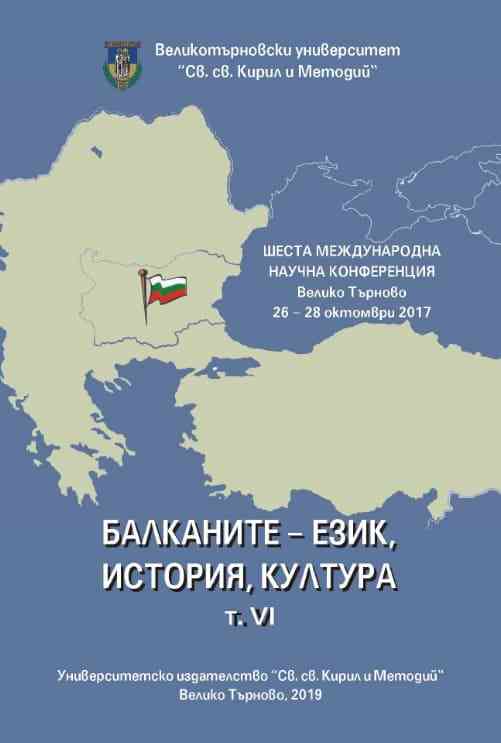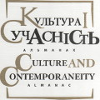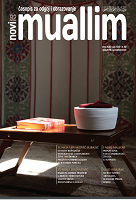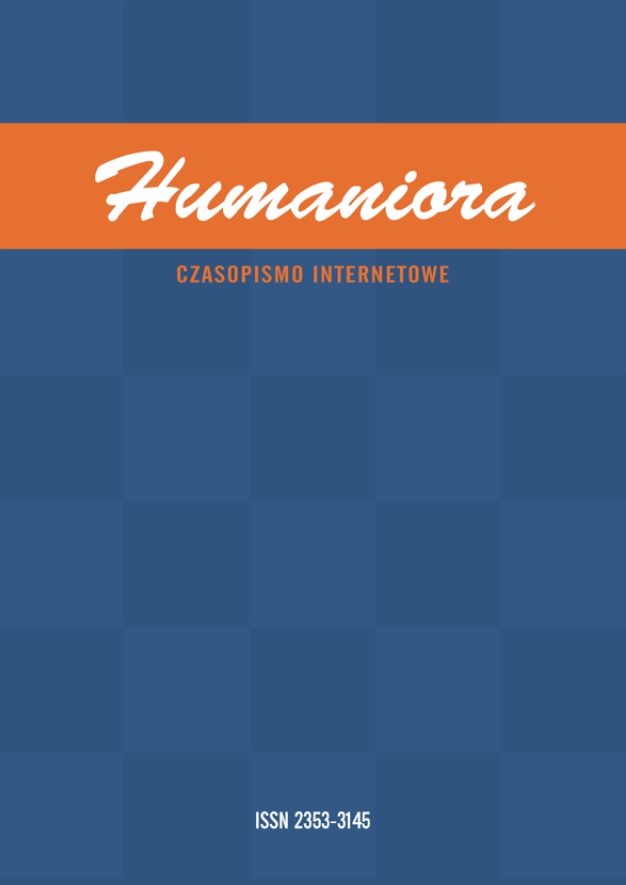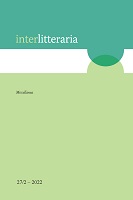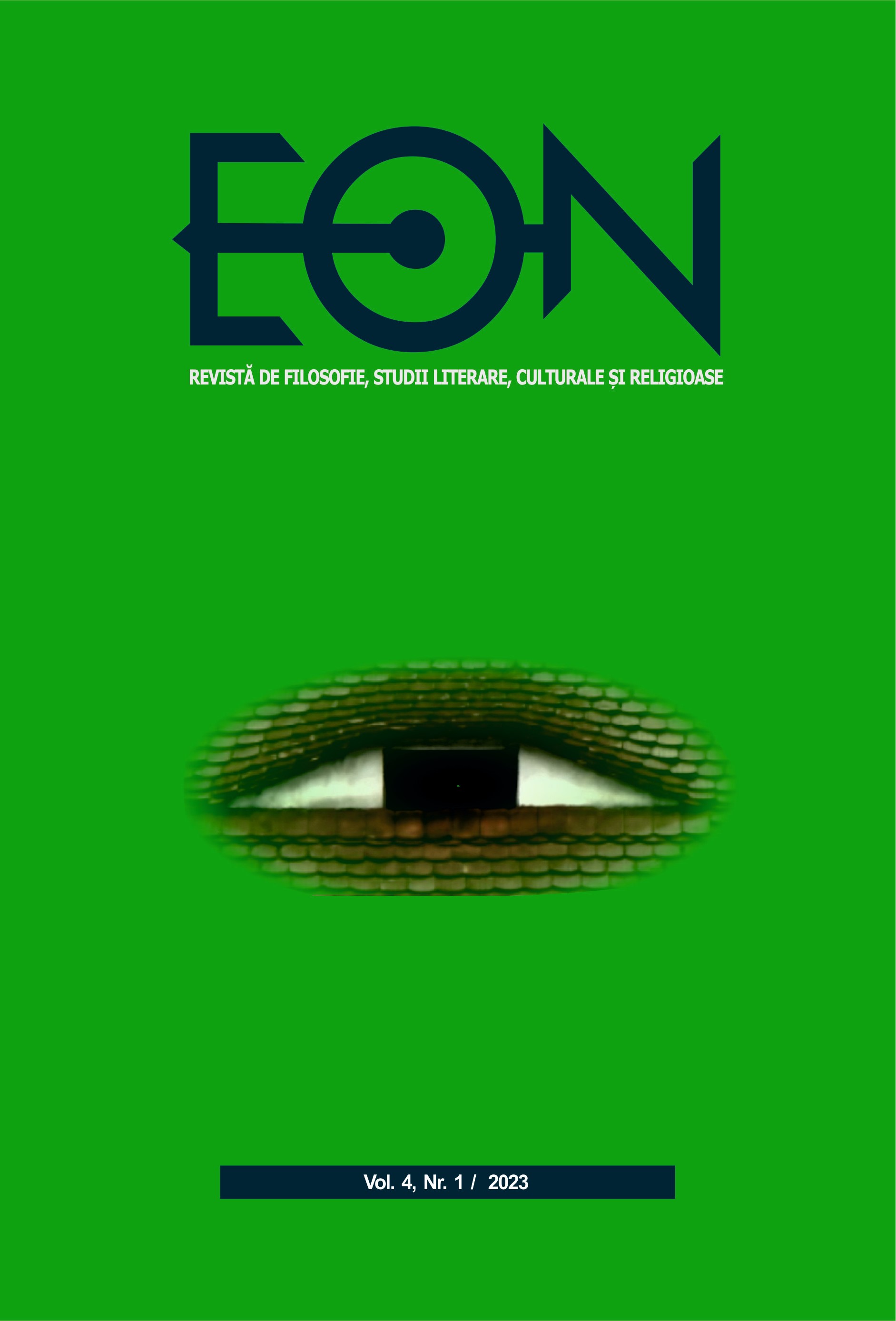Author(s): Olev Liivik / Language(s): Estonian
Issue: 1-2/2023
This article looks at the meaning of the term nomenklatura, the positions within the Soviet Estonian literary life that were included in the Communist Party nomenkla¬tura, the day-to-day practices used when dealing with “nomenklatural writers,” and the most prominent “nomenklatural writers” during the post-Stalin era. The term nomenklatura has a number of meanings in the Soviet context. Firstly, it was a (secret) list of key positions to which people were appointed and from which they were removed by a decision of a specific party committee; secondly, it was a set of bureaucratic procedures; and thirdly, the people who filled these positions. As a specific instrument of power, the nomenklatura ensured the Communist Party a control over the leading cadres in whatever sphere of activity they operated while their position belonged to the list of the party nomenklatura. Thus, the party had at every administrative level their own nomenklatura list. The Central Committee of the Estonian Communist Party (hereafter CC ECP) had roughly 2000 positions included in the nomenklatura that were considered important at the national level. Furthermore, the nomenklatura at this level was subdivided into the Bureau, Secretariat and “accounting” lists. These individual lists, as well the CC ECP nomenklatura as a whole, were never fixed; instead, the composition of the lists and the number of the positions changed frequently. In the field of literature, the CC ECP nomenklatura included about twenty positions that were more or less tied to the Writers’ Union of the Estonian SSR; these included positions at the Writers’ Union itself, at the journals Looming and Keel ja Kirjandus, and at the newspaper Sirp ja Vasar. The role of the CC ECP mostly, but not exclusively, involved formal procedures, such as the approval of decisions or nomenklatura appointments, but also the activities that preceded it. This article demonstrates that the involvement of the CC ECP was evident in scouting and selecting suitable candidates for certain positions, as well as in seeking support for their appointment from a circle of leading writers. However, this varied greatly depending on the subdivision to which the position belonged. Especial attention was paid by Communist Party functionaries to the positions which belonged to the Bureau list and to the Chairman of the Writers’ Union, in particular. The three most important literary leaders of the post-Stalin era – Juhan Smuul, Paul Kuusberg and Vladimir Beekman – were also hand-selected by the CC ECP. In addition to being members of the Communist Party, they had a number of desirable qualities that made them suitable to be promoted to the Chairman of the Writers’ Union. Their strengths, such as Smuul’s personality and talent as a writer, Kuusberg’s administrative capability, and Beekman’s poise and good education, could be shaped to produce an ideal – or at least close to ideal – literary leader for Soviet Estonia.
More...
